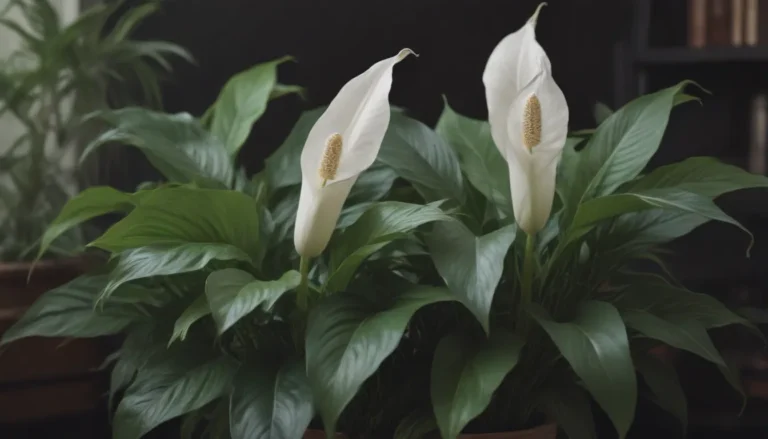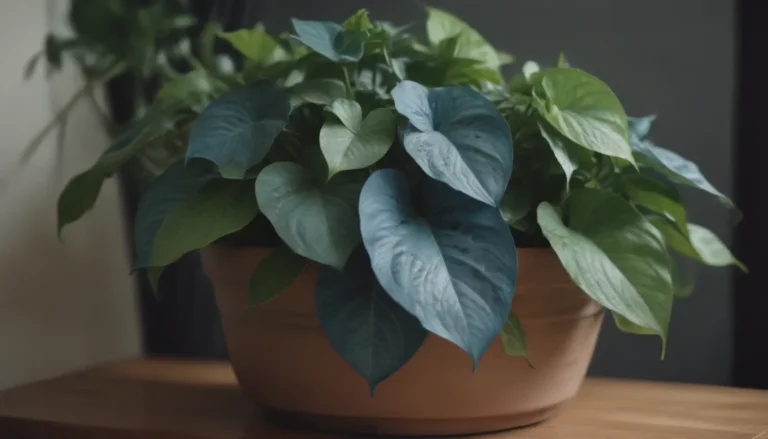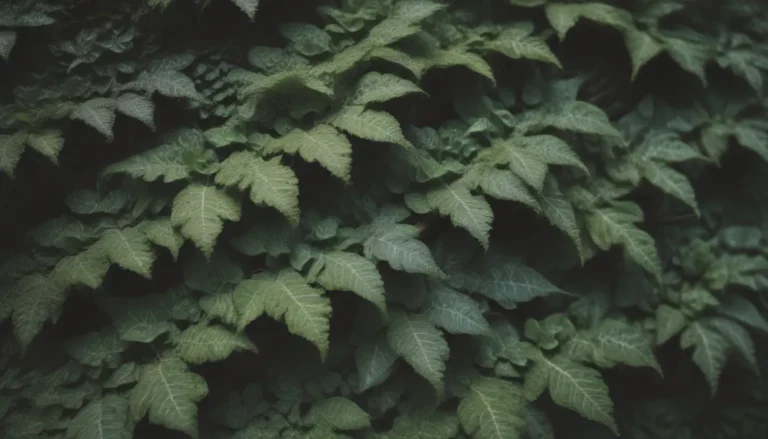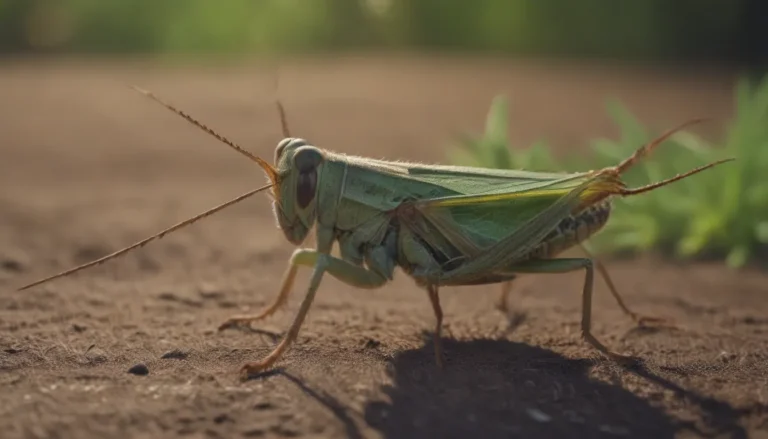Comprehensive Guide on Growing and Caring for Alocasia Stingray
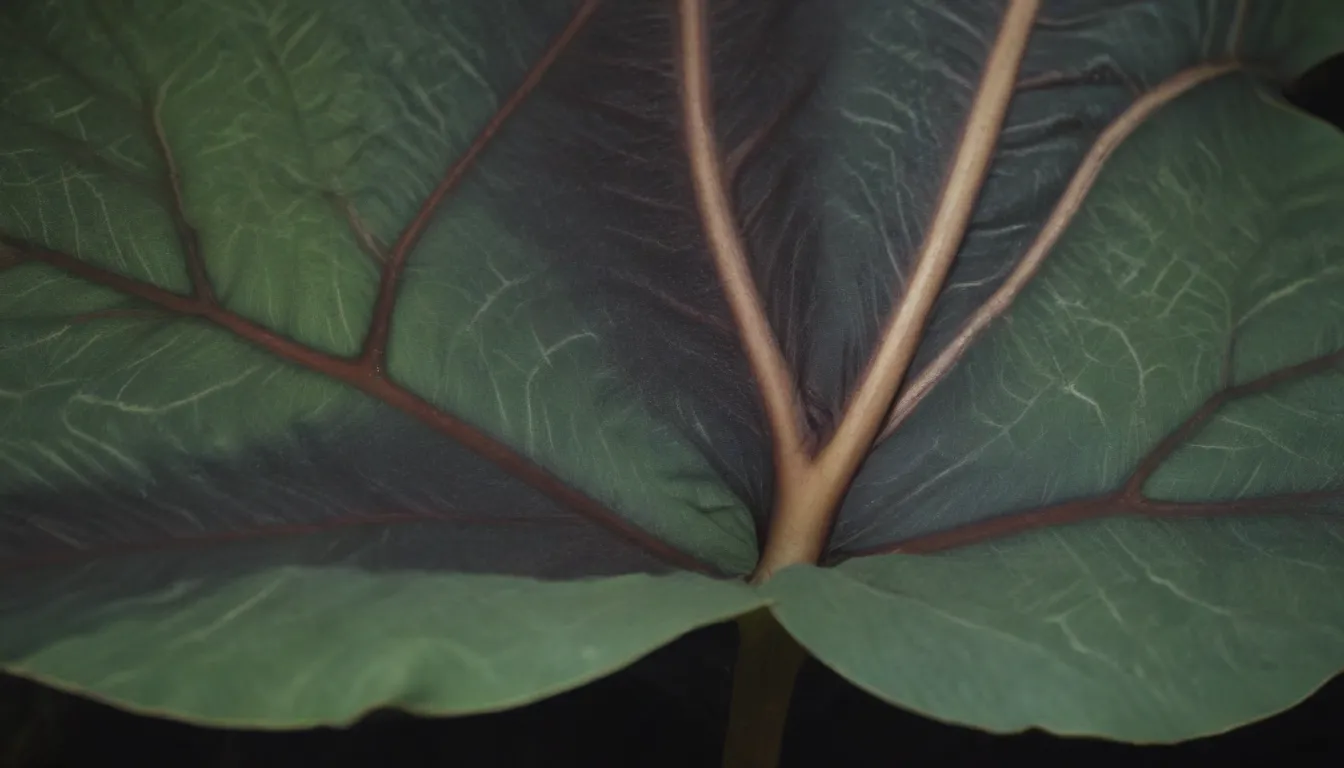
Are you a plant enthusiast looking to add a unique touch to your indoor garden? Look no further than the stunning Alocasia Stingray! Known for its patterned stems reminiscent of the Alocasia Zebrina and large, eye-catching leaves, the Alocasia Stingray is a popular houseplant choice. In this comprehensive guide, we will delve into everything you need to know about growing and caring for this tropical beauty.
Alocasia Stingray Care Tips
Taking care of your Alocasia Stingray is essential to ensure its health and vitality. Here are the main care requirements to keep in mind:
Light:
- Alocasia Stingrays thrive in bright, indirect light. Avoid direct sunlight, as it can scorch the leaves.
- Consider using a sheer curtain or window film to filter intense sunlight if necessary.
- If grown outdoors, provide partial shade during the hottest part of the day.
Soil:
- Opt for well-draining soil that retains some moisture. A mix of perlite, potting soil, and coco peat works well.
- Keep the soil consistently moist, but not waterlogged. Allow the top inch to dry slightly between waterings.
Water:
- Alocasia Stingrays prefer regular watering to prevent the soil from drying out.
- Ensure your plant has good drainage to avoid waterlogged soil.
Temperature and Humidity:
- Maintain warm, humid conditions similar to their native tropical regions.
- Use a humidifier if your home tends to be dry, especially during winter.
- Keep temperatures above 59 degrees Fahrenheit for optimal growth.
Fertilizer:
- Feed your Alocasia Stingray with a balanced liquid fertilizer every two weeks during the spring and summer.
- Discontinue fertilization in the fall and winter when the plant is dormant.
Propagating and Repotting Alocasia Stingray
If you’re looking to expand your Alocasia Stingray collection, propagation is a fun and rewarding process. Here’s how you can propagate and repot your plant:
Propagation:
- Alocasia Stingray can be propagated through division and corm growth.
- Divide the plant or grow corms separately to create new plants.
- While propagation may require some patience, it is well worth the effort.
Repotting:
- Alocasias prefer being slightly root bound and should only be repotted every 1 to 2 years.
- Choose a pot that is slightly larger than the current one to prevent overwatering.
Common Pests and Diseases
Like any plant, Alocasia Stingrays are susceptible to pests and diseases. Keep an eye out for common issues like spider mites, fungus gnats, mealybugs, and root rot. Regular monitoring and proper care can help prevent these problems.
Encouraging Bloom in Alocasia Stingray
While Alocasia Stingrays may not bloom frequently, providing the right care can encourage flowering. Here’s what you need to know:
Flowering Period:
- Alocasia Stingrays may bloom indoors during spring and summer, with blooms lasting about five days.
Flower Appearance:
- The flowers resemble elongated spoons and are white with a hint of green, blending in with the foliage.
- The flowers are not fragrant.
Care After Blooming:
- Once the bloom fades, you can trim it to redirect the plant’s energy back to foliage growth.
Common Problems and Solutions
Alocasia Stingrays can experience issues like yellow leaves, leaf drop, and brown spots. Understanding the causes of these problems can help you address them effectively. Make sure to adjust lighting, humidity, and watering practices accordingly.
In conclusion, Alocasia Stingrays are beautiful and captivating plants that can thrive with the right care. By following the guidelines outlined in this guide, you can enjoy a healthy and vibrant Alocasia Stingray in your home. Remember to monitor your plant regularly, provide adequate care, and watch it flourish in return. Happy gardening!

